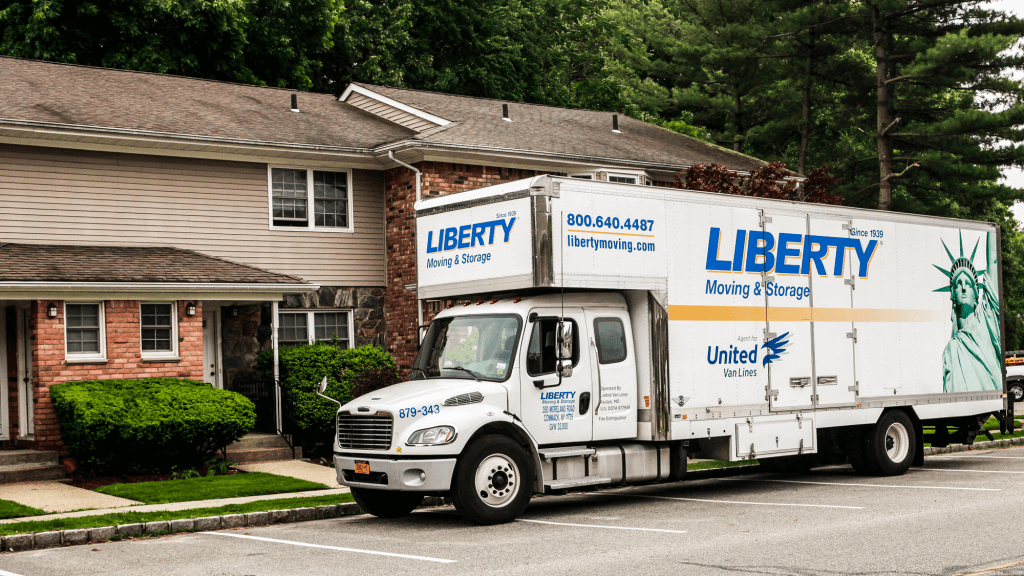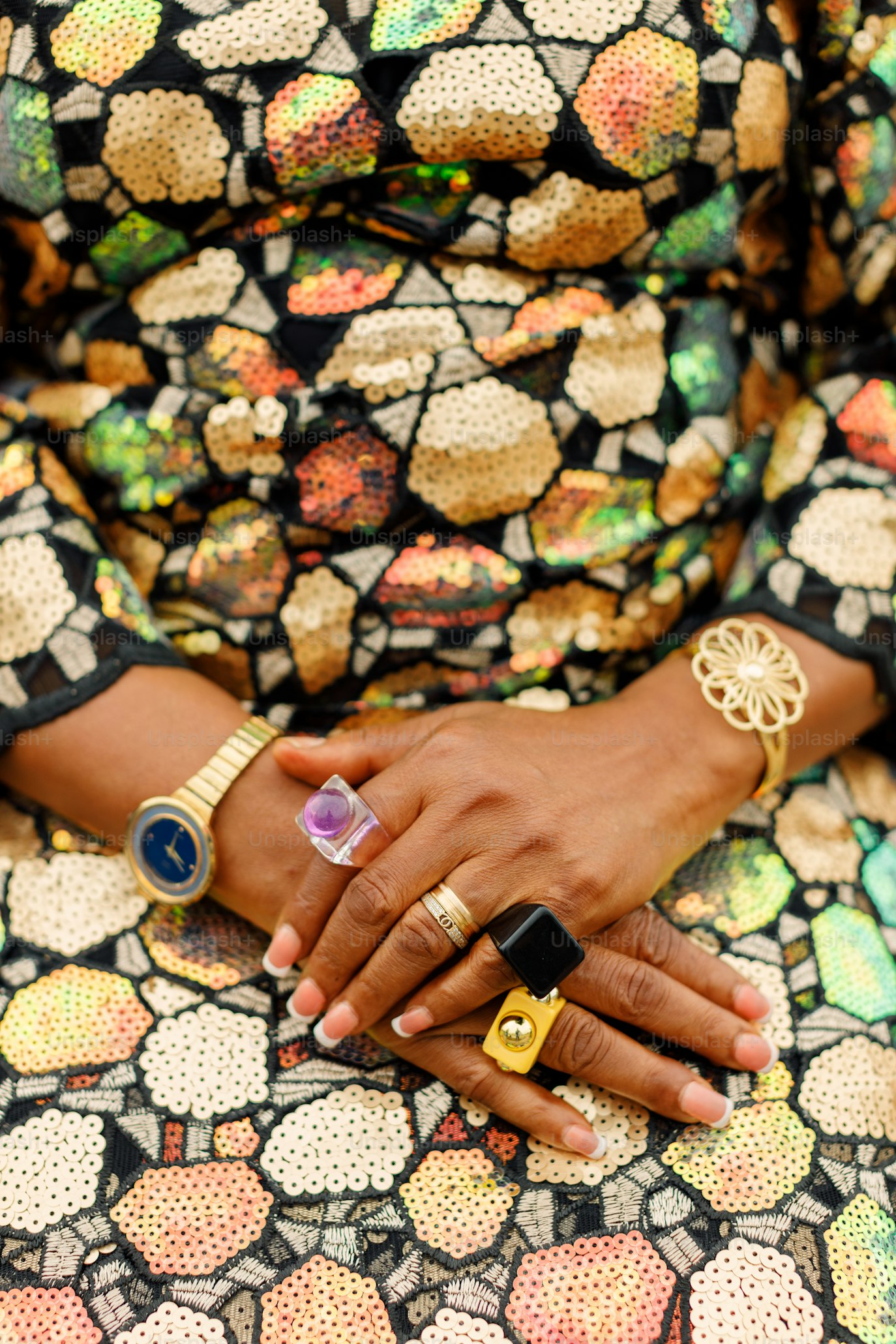Embracing the Nostalgia: Time Warp Transformation
The 1960s was an era of bold designs, vibrant colors, and futuristic visions. While the architectural style of homes from this period holds a certain nostalgic charm, many homeowners find themselves faced with the challenge of updating their exteriors to suit modern tastes and standards. Enter the time warp transformation – a journey of revitalization that marries the best of both worlds: the retro allure of the 1960s and the contemporary appeal of today.
Preserving the Past: Honoring Architectural Heritage
Before diving into any renovation project, it’s essential to take stock of the unique architectural features that define your 1960s home. From angular rooflines to geometric accents, these elements are a testament to the design trends of the past and serve as the foundation for your transformation journey. By preserving and highlighting these features, you can pay homage to the era while infusing your home with newfound vitality.
Modern Materials, Timeless Appeal: Updating Exterior Surfaces
One of the most impactful ways to modernize a 1960s exterior is by updating the surfaces with contemporary materials. Replace worn siding with sleek, durable options like fiber cement or composite panels that mimic the look of wood without the maintenance. Consider refreshing the facade with a fresh coat of paint in hues that complement the architectural style while adding a modern twist.
Windows of Opportunity: Enhancing Energy Efficiency
While original windows may exude vintage charm, they often fall short in terms of energy efficiency and functionality. Upgrade to energy-efficient models with insulated glass and low-emissivity coatings to improve comfort and reduce utility costs. Opt for sleek frames and clean lines to seamlessly blend modern aesthetics with retro sensibilities, enhancing both form and function.
Lighting the Way: Illuminating Your Exterior
A well-designed lighting scheme can work wonders in transforming the look and feel of your 1960s exterior. Incorporate strategically placed fixtures to highlight architectural details, illuminate pathways, and create ambiance after dark. Choose modern LED options for their energy efficiency and longevity, and explore decorative sconces or pendant lights to add a touch of contemporary flair.
Landscape Revival: Refreshing Outdoor Spaces
The exterior transformation of a 1960s home wouldn’t be complete without addressing the landscaping. Embrace the principles of mid-century modern design by incorporating clean lines, minimalist plantings, and natural materials. Create inviting outdoor living areas with modern furnishings and accessories that encourage relaxation and socializing, seamlessly integrating indoor and outdoor spaces.
Entryway Elegance: Making a Memorable First Impression
The entryway serves as the focal point of your home’s exterior, making it an ideal area for transformation. Replace outdated doors with sleek, statement-making designs that reflect your personal style while enhancing security and energy efficiency. Consider adding architectural details like a covered porch or pergola to create a welcoming transition between the indoors and outdoors.
Color Confidence: Choosing a Palette with Purpose
Color plays a crucial role in the transformation of a 1960s exterior, allowing homeowners to express their personality while creating visual interest. Opt for a cohesive color palette that balances retro charm with modern sophistication, using bold accents to highlight architectural features and add dimension. Experiment with color-blocking techniques to create a dynamic, contemporary look that stands the test of time.
Finishing Touches: Adding Character and Charm
Finally, don’t overlook the importance of finishing touches in completing your time warp transformation. Incorporate details like decorative hardware, modern house numbers, and contemporary landscaping elements to add character and curb appeal. Pay attention to symmetry and balance to create a cohesive, harmonious exterior that reflects your unique vision and lifestyle. Read more about updating 1960s house exterior









